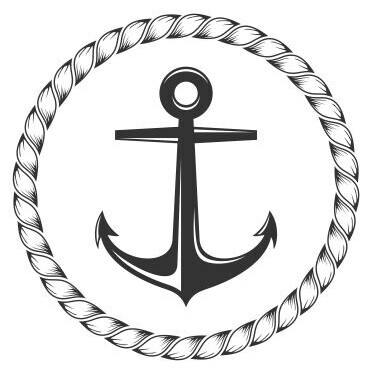Tagged: OLP
- This topic has 0 replies, 1 voice, and was last updated 6 months, 4 weeks ago by
 Admin.
Admin.
-
AuthorPosts
-
01/09/2024 at 17:11 #14950
Q: Which ONE part of the oil is most toxic to plankton?
A:Q: Select the TWO options that complete the following statement: Crude oil is a complicated mixture containing…
A: Hydrocarbons, (sulphur and several metals) (plastics and chemicals) (aromatic hydrocarbons and several metals) (sewage and several metals)Q: When oil enters the sea, there are four main weathering processes that occur first, within a couple of days. These are best describes by which ONE option?
A: Spreading, evaporation, dispersion and emulsification, sedimentation dissolution and emulsification, oxidation dispersion and dissolutionQ: Which of the TWO answers below describe ecological impacts of chemicals for marine life?
If a chemical negatively affects one species, this may also impact other species in the food web that are dependent on the affected species. Substances such as caustic soda cause fish to dieQ: Select TWO options that complete the following statement: Chronic effects of HNS are often unknown…
A: …because the effects over a long time are hard to measure
…because many different processes occur over long time periodsQ: Select THREE of the following statements that apply to bioaccumulation:
A: Chemicals are passed on in the food chain from prey to predator
The concentration of bio-accumulating substances increases higher up in the food chain
Some chemicals have bioaccumulation factors of one hundred thousand, meaning that the concentration in predators are one hundred thousand times higher than in the surrounding waterQ: Which ONE group of chemicals are most likely to affect organisms living in water?
A: Sinkers / Dissolvers / Evaporators / FloatersQ: What is the ONE most relevant difference between the open seas and coastal seas with respect to sewage regulations?
A: Open oceans are nutrient-poor, while coastal seas contain many nutrientsQ: Select THREE effects of ingestion of plastics.
A: Plastics in their stomach cause them to be hungry all the time. Animals starve to death. Sharp litter objects cause internal injuries.Q: Which ONE option is treated as an exception to the discharge of marine litter in the marine environment since 2013?
A: Ground food wasteQ: Which ONE statement applies to the pools of garbage?
A: Ocean currents drive plastic wastes together and the pools of garbage are like a plastic soupQ: Which THREE of the following statements apply to problems caused by microplastics?
A: Chemicals and contaminants can be transferred to tissues of marine animals via ingested microplastics
Microplastics are so small, we hardly recognize them as litter
Microplastics may transfer toxic chemicals to humans eating contaminated fishQ: Which ONE of the following combinations of emissions to air is especially due to the increased use of heavy fuel oil by ships?
A: CO2 and NOxQ: Select THREE potential consequences of climate change for the marine environment:
A: Acidification of the oceans, coral bleaching, decline of phytoplankton communitiesQ: The ONE goal of the Ship Energy Efficiency Management Plan (SEEMP) is:
A: To reduce fuel consumption and decrease CO2 emissionsQ: Select TWO air emission problems that are caused by both sulphur oxides and nitrogen oxides.
A: Particulate Matter, acidification, smogQ: Which TWO of the following environment problems are an outcome of emissions from a ship sailing in the middle of the open ocean?
A: Ozone depletion, climate changeQ: Which THREE of the following conventions are designed to protect the marine environment?
A: The Ballast Water Management Convention
The Anti-Fouling Systems Convention
MARPOLQ: Which ONE of the following methods contributes to the transport of large marine species to other sea areas by ships?
A: In ballast tanks – marine organisms are transported during their planktonic phase -
AuthorPosts
- You must be logged in to reply to this topic.
